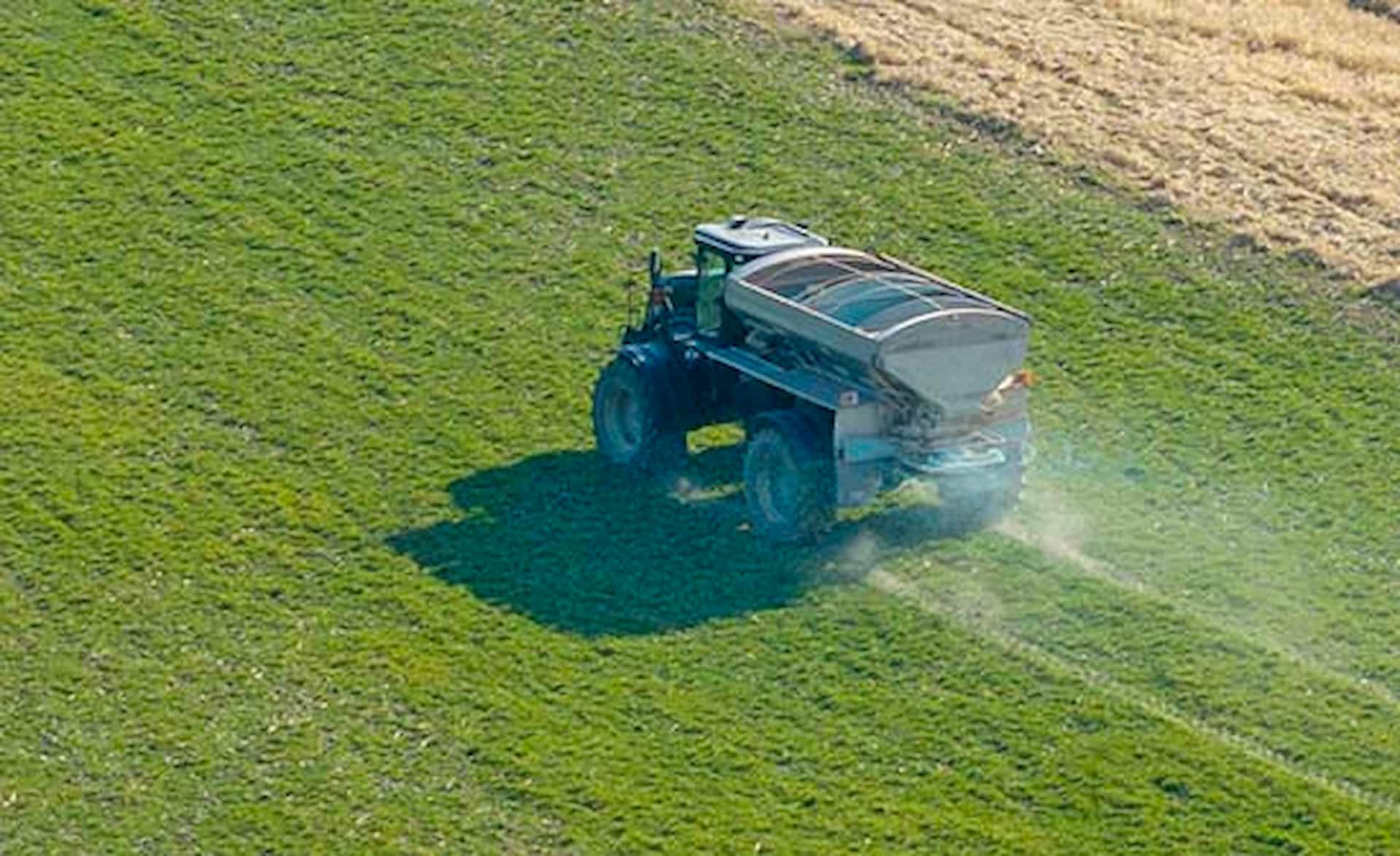Lose the loss with nitrogen stabilizers
Learn how environmental conditions can limit your crop's potential
No matter how it’s lost, nitrogen deficiencies can be one of the most yield-limiting factors in the field. Using a stabilizer not only provides a return on the investment for the grower but also has a beneficial environmental impact by reducing losses into the water and air.
Nitrogen stewardship is one of the most important things we can do to protect our yield and environment. Nitrogen stabilizers are commonly used to guard against nitrogen losses through volatilization, denitrification and leaching.
It’s important to understand these processes. Nitrification occurs when ammonium is converted to nitrite in the soil by nitrosomonas bacteria, and then further oxidized to nitrate by nitrobacter bacteria. A majority of the nitrogen taken up by the plant is in the nitrate form, but most plants can also take up ammonium.
Once in the nitrate form, the nitrogen is subject to loss. Nitrate moves freely throughout the soil profile with moisture. In coarse-textured, well-drained soils, nitrate can leach below the root zone and become unavailable to the crop. Nitrate is also subject to denitrification, a biological process that converts nitrate to a gas that is lost to the atmosphere. This occurs in waterlogged soils.

Another nitrogen loss avenue is volatilization—the loss of free ammonia to the atmosphere. This process has several steps. First, an enzyme (urease) in the soil and organic residue act on urea and convert it to an unstable form, which can quickly change to ammonia and carbon dioxide. With ideal conditions, this unstable form is converted to ammonium and is available for plant take-up.
However, when conditions are less than ideal, the ammonia can be lost into the atmosphere. Factors that influence this process are urease activity, temperature, soil moisture, application method, soil pH and cation exchange capacity, a measure of the soil’s ability to hold positively charged ions.
The greatest potential for loss occurs when there are high amounts of residue on the soil surface and the nitrogen source is applied on top of the field. In MFA’s trade territory, the most common concern I hear from growers is about how much nitrogen they have lost when an application is followed by a week of hot, windy and dry days.
Research shows that the potential for nitrogen losses through ammonia volatilization can be reduced when using a urease inhibitor to slow or delay hydrolysis. Slowing this process gives Mother Nature a chance to provide precipitation that moves urea into the soil.
No matter how it’s lost, nitrogen deficiencies can be one of the most yield-limiting factors in the field. Using a stabilizer such as Centuro, Anvol and SuperU not only provides a return on the investment for the grower but also has a beneficial environmental impact by reducing losses into the water and air.
Check with your MFA solutions provider for more information on using nitrogen stabilizers for your fall and spring applications.